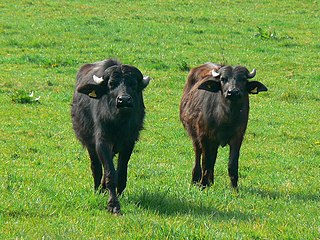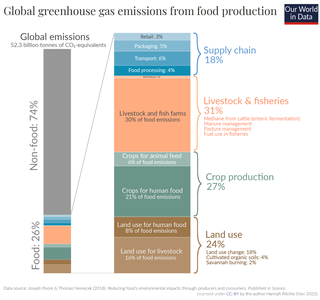| Year | Production |
|---|
| 1961 | 70,010,000 | | 1962 | 72,230,000 | | 1963 | 77,430,000 | | 1964 | 79,000,000 | | 1965 | 83,090,000 | | 1966 | 86,740,000 | | 1967 | 90,830,000 | | 1968 | 93,720,000 | | 1969 | 95,390,000 | | 1970 | 99,070,000 | |
| | Year | Production |
|---|
| 1971 | 103,200,000 | | 1972 | 106,080,000 | | 1973 | 106,820,000 | | 1974 | 112,280,000 | | 1975 | 114,050,000 | | 1976 | 116,960,000 | | 1977 | 120,880,000 | | 1978 | 125,750,000 | | 1979 | 130,920,000 | | 1980 | 135,000,000 | |
| | Year | Production |
|---|
| 1981 | 137,620,000 | | 1982 | 138,970,000 | | 1983 | 143,570,000 | | 1984 | 147,680,000 | | 1985 | 152,690,000 | | 1986 | 157,430,000 | | 1987 | 163,090,000 | | 1988 | 169,260,000 | | 1989 | 171,880,000 | | 1990 | 177,800,000 | |
| | Year | Production |
|---|
| 1991 | 181,580,000 | | 1992 | 185,360,000 | | 1993 | 189,740,000 | | 1994 | 196,370,000 | | 1995 | 205,800,000 | | 1996 | 203,600,000 | | 1997 | 212,860,000 | | 1998 | 221,340,000 | | 1999 | 227,850,000 | | 2000 | 230,180,000 | |
| | Year | Production |
|---|
| 2001 | 234,030,000 | | 2002 | 240,890,000 | | 2003 | 246,240,000 | | 2004 | 251,890,000 | | 2005 | 257,860,000 | | 2006 | 263,690,000 | | 2007 | 269,810,000 | | 2008 | 278,590,000 | | 2009 | 284,000,000 | | 2010 | 291,470,000 | |
| | Year | Production |
|---|
| 2011 | 296,290,000 | | 2012 | 304,490,000 | | 2013 | 311,040,000 | | 2014 | 317,180,000 | | 2015 | 323,850,000 | | 2016 | 326,930,000 | | 2017 | 333,090,000 | | 2018 | 338,440,000 | | 2019 | 335,520,000 | | 2020 | 336,310,000 | |
| | Year | Production |
|---|
| 2021 | 351,940,000 | | 2022 | 358,110,000 | | 2023 | | | 2024 | | | 2025 | | | 2026 | | | 2027 | | | 2028 | | | 2029 | | | 2030 | | |
|





















